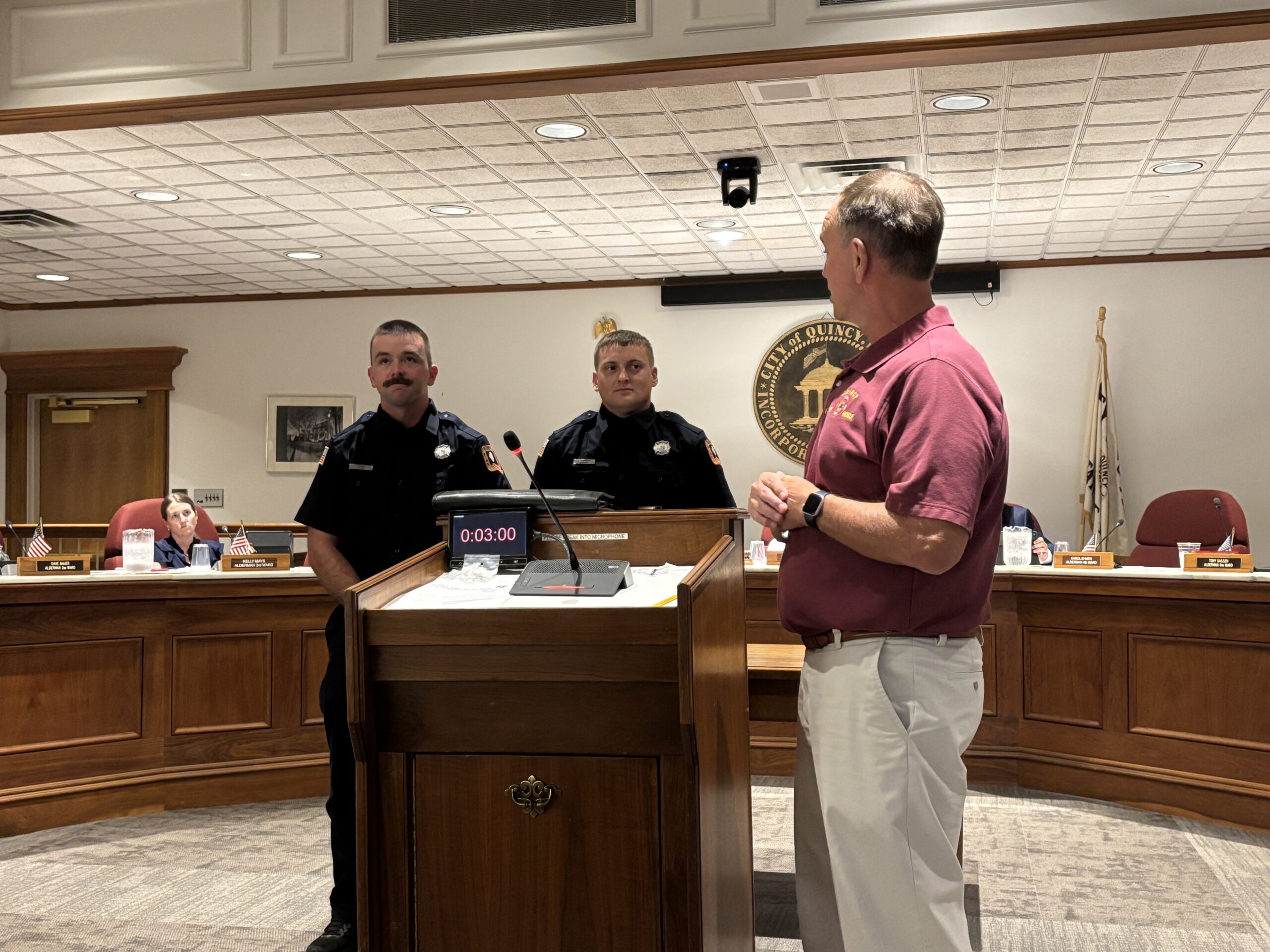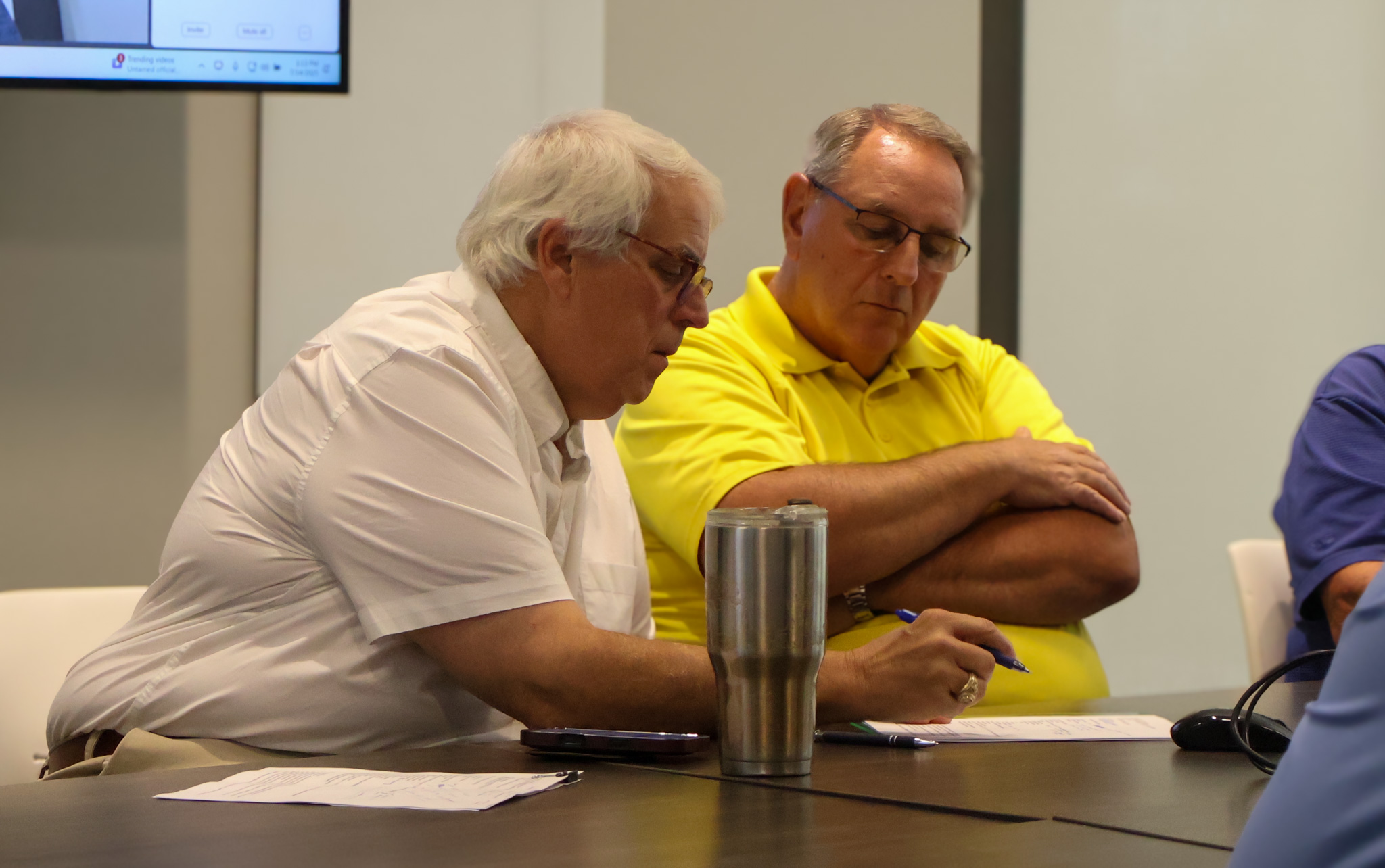The spring field Dust storms in the Midwest are caused by three primary factors: a lot of loose soil, dry farmland, and powerful winds.
Andy Taylor, the Science and Operations officer of the Lincoln office of the National Weather Service, says so. According to him, these are essential components that, when combined, have been shown by farmers, meteorologists, and agricultural specialists to trigger dust storms.
According to the Bill of Rights Institute, the Dust Bowl, which lasted from Texas to New York in the early 1930s and left 300 million tons of soil throughout the country, 12 million of which settled in the Chicago area, was followed on May 16 by the city’s first significant dust storm. According to the National Weather Service, the storm in May caused visibility in the city to plummet to almost nothing as wind gusts reached over 60 mph at times.
According to Taylor, the day’s atmospheric conditions were more typical of arid regions in the Southwest or High Plains than the Midwest. Rain rapidly evaporated and cooled the atmosphere when it started to fall close to Bloomington, forming powerful wind pockets that started to drift north. The dust storm was caused by the storm’s ability to pick up and carry loose, dry soil from fields it passed over as winds increased.
“I wouldn’t necessarily take that occurrence as saying we’re going to see an increase in those types of events from this point on,” he added, referring to the dust storm event that we had that affected the Chicago region. But we could definitely see that again whenever you see all those components come together.
Soil conservation funding deprioritized
The storm did not cause any fatalities in Chicago, but in May 2023, a significant dust storm on a section of I-55 in central Illinois caused a multi-car pileup that killed eight people and injured scores more.
That dust storm, which was again brought on by winds picking up and moving dry, loose earth, again reduced visibility to nil on the section of the interstate between Farmersville and Divernon.
Taylor acknowledged that dust storms are not new to Illinois, citing records from his office dating back to the 1980s, but the majority of the storms do not spread over large areas of the state. Rather, he argued, they tend to happen in more confined places, such as the 2023 storm near Divernon.
“We work with partners in the agricultural community to determine when we might anticipate those blowing dust events when we see the right weather-related factors coming together and the ground is fairly dry, which matches up with loose soil so we know we’re going to be more prone to blowing dust,” Taylor said.
For more district staff, the Association of Illinois Soil and Water Conservation Districts has been advocating for more financing. According to AISWCD Executive Director Eliot Clay, the state budget for this year only permits each district to hire one full-time staffer, which is woefully insufficient given that each district need at least two.
“I genuinely believe that funding for conservation has been deprioritized,” he remarked.
What do soil and water conservation districts do?
In reaction to the Dust Bowl and Congress’s subsequent designation of soil and water conservation as a national priority, soil and water conservation districts started to appear all throughout the United States in the late 1930s. That announcement led then-President Franklin D. Roosevelt to suggest legislation to state legislators that would create districts in each state, according to the Association of Illinois Soil and Water Conservation Districts.
With 97 districts, Illinois has almost one district for each county. District staff members are in charge of a number of duties, such as evaluating farms, teaching farmers about conservation techniques, and putting farmers in touch with state and federal grants. All of these are essential to the association’s goal of preserving Illinois’ natural resources.
According to Clay, SWCDs are not a regulatory agency like the Department of Natural Resources, the EPA, or even the Department of Agriculture. We are merely attempting to assist farmers in improving their lot; we are not going out there and imposing laws and regulations on folks. Because they do not regard us as the government coming in and telling them, “This is how you’re going to do your operation,” many farmers rely on SWCDs.
Soil conservation funding stagnates
While funding for operations stayed constant, the state’s SWCDs will get $7.5 million in the fiscal year 2026 budget announced by Governor JB Pritzker last week, a $1 million total drop from the previous year. In fiscal year 2025, funding had already been reduced by a total of $4 million.
See also: Pritzker approves a $55.1 billion state budget that depends on $700 million in additional levies.Democrats pass new levies on nicotine products and sports wagers. Budget of $55.2B
$3 million of that $7.5 million will be allocated to cost-share awards, which reimburse farmers for the expenses incurred in putting both federal and state conservation policies—like cover crops—into practice. Administrative expenses will account for the remaining $4.5 million.
According to Clay, each Soil and Water Conservation district will receive $40,000 from the $4.5 million, which means each district will have enough money to hire one full-time staffer. The majority of the district’s staff hold college degrees, and he described their pay as woefully inadequate.
Their take-home pay is less than $40,000, which is meant to include perks. In fact, Clay stated that it is insufficient even for one person. And when there isn’t the amount of money that should be there, it’s difficult to retain employees and encourage them to show up for work.
Clay added that in order to be fully staffed, each district need two full-time staff members: one to visit farms on-site and another to handle scheduling, answer calls and emails, and staff the office.
He claimed that in previous years, the governor’s office and the Department of Agriculture had informed the organization that they would need to lobby individual politicians outside of budget talks if they wanted further cash.
He stated, “I don’t know of any other agency or sub-agency that has to go to the Capitol and get money on their own.” That seems rather strange to me, and I’ve been trying to understand it, but no one has been able to provide me with a satisfactory explanation.
A request for comment was not answered by the governor’s office.
Clay claimed that the group had made fruitless attempts to secure $10.5 million in yearly funding over the previous two years.
After serving as executive director for the last six months and seeing things from this perspective, my main question is: What are the administration’s and legislature’s values? “Clay said.” It raises serious issues regarding the state’s overall handling of conservation monies over the past 20+ years.
Soil conservation efforts and farming practices
“The agriculture community has identified practices that farmers can use to reduce the amount of dry, loose topsoil in their fields,” said Kevin Brooks, a commercial agriculture educator at the University of Illinois Urbana-Champaign.
In an interview with Capitol News Illinois, Brooks stated that measuring the humidity level as a cause is not the problem. I won’t say that the weather isn’t a factor, but tillage is the main factor here.
In order to minimize the amount of loose topsoil in fields, he recommended that farmers use strip-tilling or no-till techniques whenever feasible and lessen the frequency of field tilling.
Strip-tilling is a method of tilling a field in which only the little rows where seeds will be put are tilled; the other area is left unaltered. Strip-tilling has numerous short- and long-term advantages, while no-till techniques frequently don’t appear to help farmers immediately but do have long-term benefits, according to Brooks.
With his family, Rep. Charles Meier, R-Okawville, cultivates 1,500 acres of corn, wheat, beans, hay, and beef cattle in southern Illinois. According to him, farmers already barely till the majority of crops.

He told Capitol News Illinois, “I’m 66 years old, and we never no-tilled when I was a kid.” We are currently using minimal-till for all of our maize, minimal-till for all of our wheat, and no-till for all of our traditional soybeans.
He attacked Democratic leadership’s spending priorities, particularly renewable energy subsidies, and stated that he speaks with his SWCD frequently, including on Monday when he spoke with an employee from his district.
According to Meier, they aren’t paying for the essentials of Illinois conservation. Although wind and solar power don’t pay for themselves, we taxpayers are forced to foot the bill.
Planting cover crops—crops planted after harvest for their advantages to the land rather than their produce—was another key strategy Brooks advised farmers to use. After a fall harvest, cover crops can be planted for a number of reasons, such as preserving topsoil over the winter, adding more organic matter to the soil, and causing the field to dry up sooner in the spring.
The development of high-speed discs, a tillage attachment with far more disks than standard tillage attachments that till at quicker rates, was also credited by Brooks with causing recent dust storms. He said these disks have taken tillage speeds from around 4 mph to over 10, and that farmers in Illinois quickly amassed these machines during and after the COVID-19 pandemic, due to the pandemic relief funds they received.
Since they don’t delve very far into the ground, they should theoretically represent a form of conservation, according to Brooks. But they literally turn the top several inches of a farm field into powder.
Andy Taylor, from the National Weather Service, recommended safety tips for drivers who find themselves caught in a dust storm.
If you re caught in dust with extremely low visibility, the advice is to pull completely off the road, turn off your heads and take your foot off the brake, he said. Which may sound kind of counterintuitive in a way, but the reason for doing that is because if you have your lights on, people coming into the dust may think you re moving. They may see your taillights and think Oh look, someone I can follow and that may exacerbate accidents and pileups.
He also advised drivers who know there is risk of a potential dust storm to travel ahead of the storm or to delay travel until later in the day, if possible.
Hundreds of news outlets throughout the state receive coverage from the state government through Capitol News Illinois, a nonprofit, unbiased news organization. The Robert R. McCormick Foundation and the Illinois Press Foundation provide the majority of its funding.
This story is reproduced here under a Creative Commons Attribution-NoDerivatives 4.0 International License, which was originally published on Capitol News Illinois.












